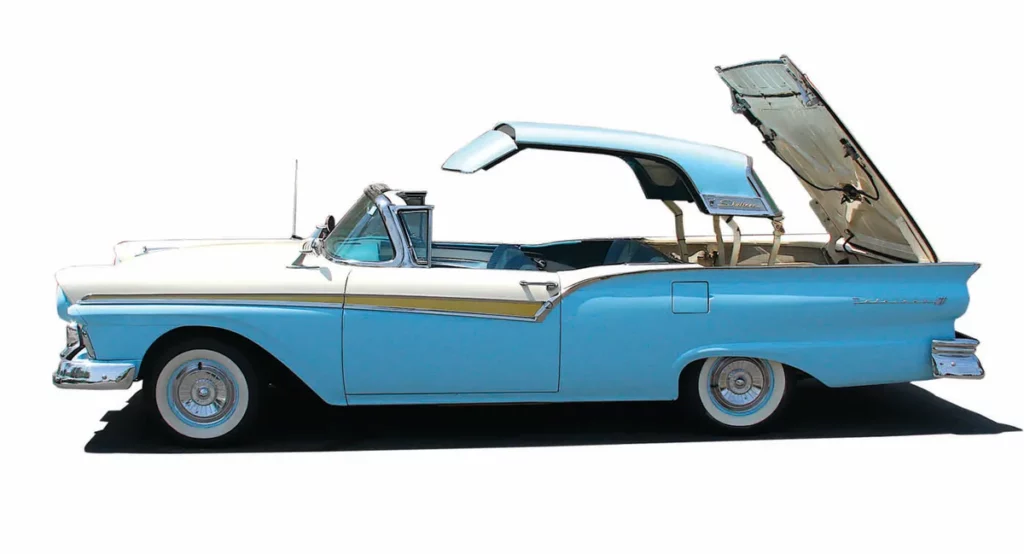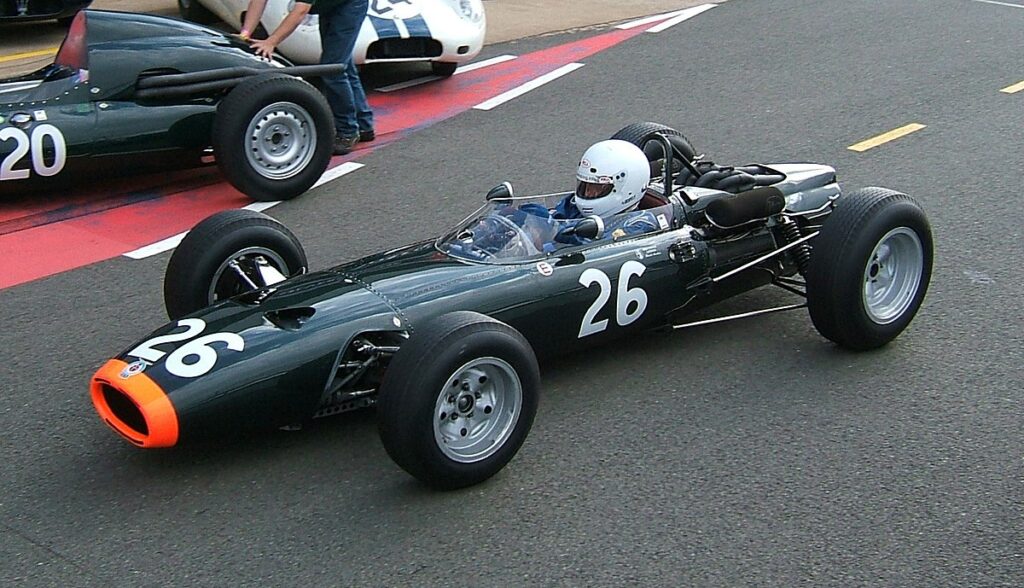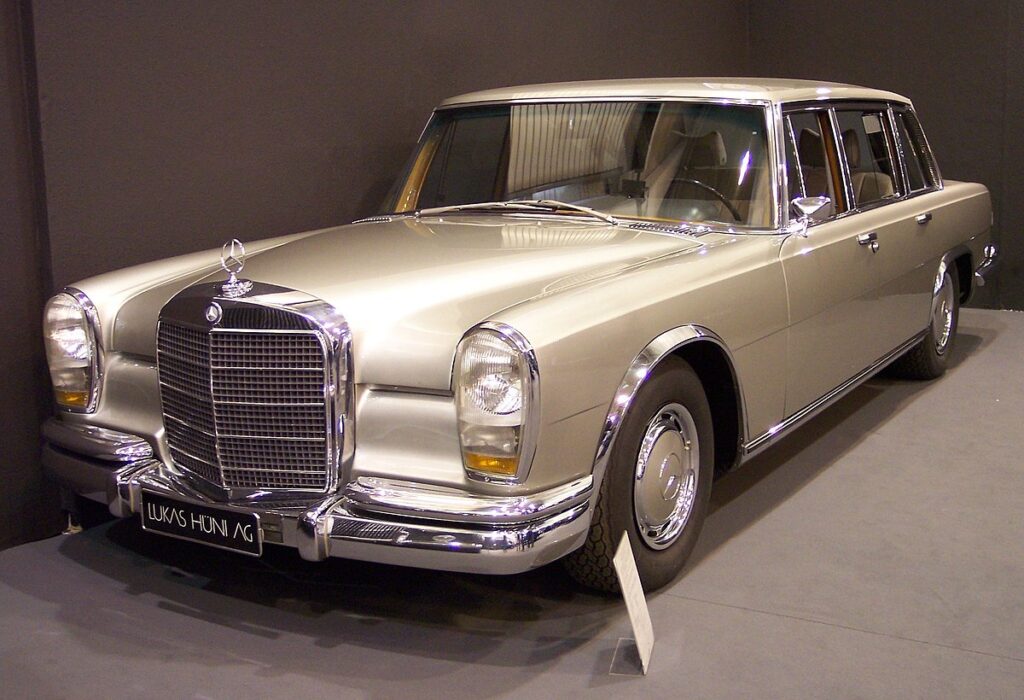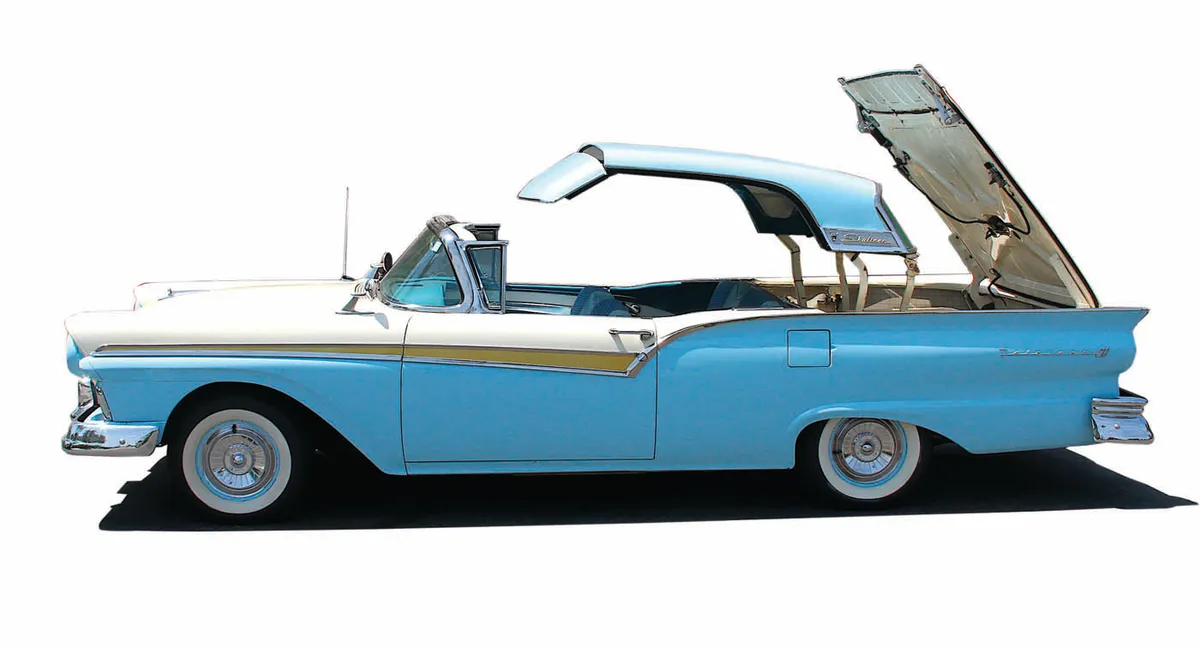
Top 7 most complicated cars ever made: A car is a piece of art. The design, shape, and functionality may all be quite appealing. Cars are more than just boxes with wheels. They are quite distinct in form. Cars are simple machines, but some take it to an entirely new level in their quest to break new technical ground. There are automobiles that appear to have been designed to be more sophisticated/complicated than they needed to be, such as the wonderful monument to over-engineering that was the Mercedes-Benz 600.
Even if you sit down, listen, sleep on it, and reread the handbook, you still won’t be equipped to deal with these 7 beasts, we are going to talk about.
Top 7 most complicated cars ever made:
7) Aston Martin Lagonda (1976)

The Aston Martin Lagonda is a full-size premium four-door sedan produced by Aston Martin between 1974 and 1990. A total of 645 were made. The name was inspired by the Lagonda brand, which Aston Martin bought in 1947. The original, the short-lived 1974 design based on a stretched Aston Martin V8, and the completely modified, wedge-shaped Series 2 vehicle debuted in 1976 are two unique generations.
As a replacement to this saloon, Aston Martin indicated in 2014 that it will debut a new Lagonda model named the Taraf for the Middle-East market, marketed on an invitation-only basis.
Aston Martin adopted cutting-edge in-car technology when it released the Lagonda in 1976 for a hefty £24,570 – at a period when the typical house in the UK cost £13,000. In an interior as angular as the exterior, it bristled with touch-sensitive screens in place of buttons and digital displays rather than mechanical clocks.
It was just what affluent customers want, but they weren’t so keen on the dependability of these devices, which had a history of breaking and were extremely expensive to repair owing to their complexity.
The inside of the Lagonda was streamlined by Aston Martin for following versions, however the digi-dash remained. Sales had reduced to a trickle by then, and upto 1990, Aston sold a total of 645 of these wedge-profiled saloons. This makes its name to the top 7 most complicated cars ever made in history!
6) Citroën Birotor (1973)

The Citroen GS is a front-engine, front-drive, four or five-door, five-passenger family automobile produced and sold by Citroen in two series: 1970-1979 in fastback saloon and estate bodystyles, and 1980-1981 in fastback saloon and estate bodystyles.
What makes this car into the most complicated cars’ list? Citroen explored the possibility of rotary propulsion for their cars, but after testing with the Birotor, the company decided against it. It utilised the same Comotor 624 dual rotor engine seen in the NSU Ro80, transforming the GS base vehicle into a quick, elegant cruiser. Citroen tested the automobile with 847 made and sold to the general public.
However, when Peugeot purchased Citroen, the Birotor project was cancelled, and the majority of the vehicles suffered the same fate when Peugeot purchased them back. It feared that the engine’s complexity and unreliability would harm the Citroen brand, thus the few surviving Birotors provide an exciting view of how Citroen might have progressed if it had stayed independent.
When the GS was selected European Car of the Year in 1971, it was praised for its technological advancements, including class-leading comfort, safety, and aerodynamics. It was praised for its “complexity”
5) Citroën SM (1970)

The fifth most complicated car ever made is Citroen SM is a high-performance coupé manufactured by Citroen from 1970 to 1975. The SM finished third in the 1971 European Car of the Year competition, following only the Citroen GS, and won the 1972 Motor Trend Car of the Year title in the United States.
Citroen purchased Maserati in 1968, and the SM was born. The Citroen’s 2.7-liter V6 engine provided adequate horsepower, but it also had to power the car’s hydro-pneumatic suspension and DS-inspired brakes. The SM was as innovative as it was frail, with headlamps that rotated with the steering and complex dials.
Because of the fragility, constant maintenance was required to keep the Maserati V6 engine and Citroen suspension running properly. Nonetheless, the SM gained a reputation for being terrifyingly difficult to maintain running properly, and the car is just now being recognised for the brilliant machine that it is. This sums it up why it is in the list of most complicated cars ever made!
4) BRM H16 (1966)

The British Racing Motors P83 was a Formula One racing vehicle designed by Tony Rudd and constructed under the revised engine rules of 1966 and it is one of the most complicated cars ever to exist without a doubt.
The BRM H16, once heard, never forgotten, was the British racing team’s response to regulation revisions for the 1966 Formula One season. The H16 was designed by engine tuners Tony Rudd and Geoff Johnson by stacking two flat-eight engines on top of each other. Each engine had its own crankshaft and was geared together.
Lotus installed the engine in their Type 43, but even Jim Clark’s unparalleled talent could only earn the powerplant a single Grand Prix triumph. It was strong, but it was also heavy, unreliable, and difficult to operate on, making it one among the complicated cars. Lotus switched to the new Ford DFV the next year and never looked back.
3) Mercedes-Benz 600 (1964)

A list of complicated cars without Mercedes-Benz 600 is like cake without sugar! The Mercedes-Benz 600 (W100) is a series of ultra-luxury automobiles manufactured by Daimler-Benz from 1963 to 1981. The Grosser Mercedes (“Grand Mercedes”), the precursor of the present Maybach line, superseded the Type 300d “Adenauer” as the company’s flagship model.
Why is it in the list of most complicated cars ever made? Any automobile touted as a “technical tour de force” is bound to raise eyebrows in terms of complexity, and the W100 series of Mercedes 600 did exactly that. It included air suspension, twin heating systems, and vacuum-operated powered windows and central locking. Furthermore, at a period when carburetors were the standard, there was Bosch fuel injection.
This might well have raised an eyebrow from any other automobile manufacturer, yet the W100’s build quality was flawless. It’s no surprise that it was the vehicle of choice for world leaders until its retirement in 1981.
All of that intricacy, however, means that the 600 is bizarrely difficult to refurbish and maintain, with well-cared-for specimens commanding up to $100,000 for the basic saloon model, and considerably more for the extended dictator-spec Pullman edition.
2) Rover P6 (1963)

the second in the list of complicated cars ever is the Rover P6 series (known as the 2000, 2200, or 3500 depending on engine displacement) was a saloon automobile manufactured by Rover and then British Leyland in Solihull, West Midlands, England, from 1963 to 1977.
Rover had a somewhat conservative reputation until the 1960s, but that all changed with the P6. Aimed at a new generation of daring young executives, it had a fantastic ride and handling as well as excellent safety. Much of this was due to the primary structure’s design, which left all of the body panels unstressed.
The front suspension, which utilised a bell crank arrangement, was another rare P6 characteristic. This improved the car’s comfort while also allowing more space in the engine compartment for the intended gas turbine engine, which was scrapped in favour of the famed GM-derived 3.5-liter V8. These design qualities make the P6 difficult to restore now, but they also contributed to its popularity at the time. And this design is what makes it the second most complicated car in the history of cars!
1) Ford Fairlane 500 Skyliner (1957)

The clear winner of the title of the most complicated car ever made goes to Ford Fairlane 500 Skyliner!
Look no farther than the Ford Fairlane 500 Skyliner for the first coupé-convertible vehicle. It was the first automobile with this roof layout to enter serial production and sold over 45,000 units. The roof was the first retractable top comprised of more than one segment, and it stowed beneath the rear deck.
This task necessitated the use of seven reversible electric motors, four lifting jacks, ten solenoids, ten limit switches, and four locking mechanisms. There’s also 607 feet (185 metres) of wiring to make everything work, making the Skyliner the most complicated car on the market at the time.
Here’s a video for more information on this complicate car/beast!
If you enjoyed reading about the most complicated cars ever made, here are more such reads for you:
For more such reads, visit Zesacentral!
